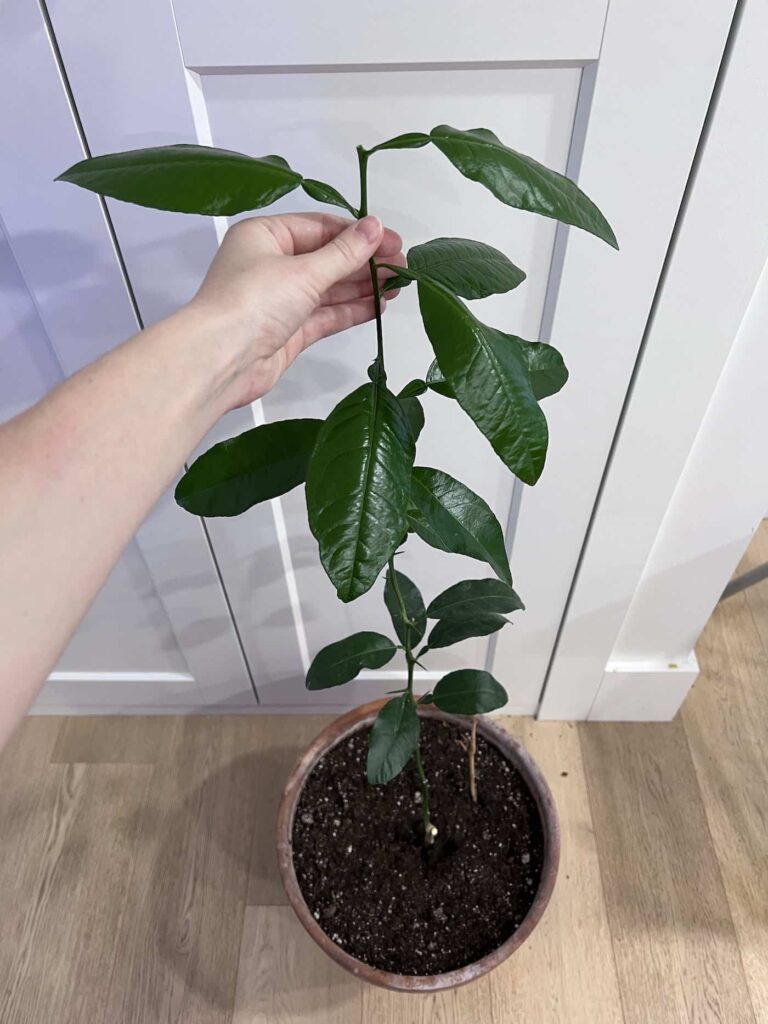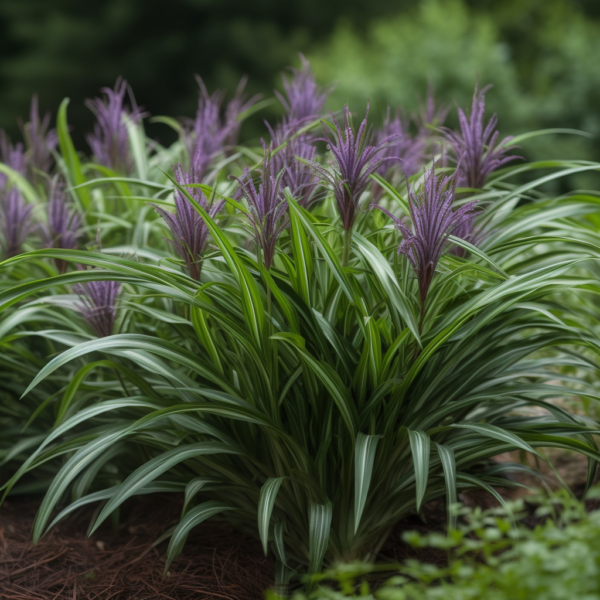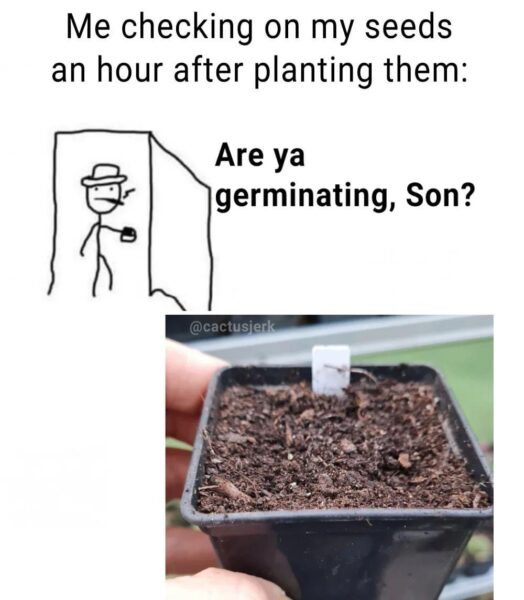Indoor lemon trees bring the refreshing scent of citrus and the promise of homegrown fruit right into our living spaces. However, when your indoor lemon tree seems to be stuck and not showing any signs of growth, it can leave you feeling puzzled and concerned. In this article, we explore common reasons why indoor lemon trees may not be growing and provide helpful tips to unlock the secrets to their growth, ensuring you can enjoy the sight of lush green foliage and, eventually, homegrown lemons.

1. The Right Environment Matters
One of the most crucial factors in the growth of an indoor lemon tree is providing the right environment. Lemon trees thrive in well-lit areas with plenty of sunlight. Ensure that your lemon tree receives at least 8-12 hours of bright, indirect sunlight every day. If natural light is limited, consider supplementing with a grow light to encourage healthy growth.
2. Soil Quality and Drainage
The soil in which your lemon tree is planted plays a significant role in its growth. Ensure that you use well-draining soil specifically formulated for citrus trees. Proper drainage prevents waterlogging, which can lead to root rot and stunted growth.
3. Watering with Care
Overwatering or underwatering can hinder the growth of your indoor lemon tree. To ensure healthy growth, water the tree when the top inch of the soil feels dry. Avoid letting the plant sit in standing water, as it can suffocate the roots. Strike a balance in watering to maintain the right moisture level for optimal growth.
4. Fertilization and Nutrient Balance
Indoor lemon trees benefit from regular fertilization during their growing season (spring and summer). Use a balanced fertilizer specifically designed for citrus trees, following the manufacturer’s instructions. Too much fertilizer can cause burn and hinder growth, so moderation is key.
5. Pruning for Healthy Growth
Pruning is essential for shaping the lemon tree and promoting healthy growth. Regularly remove dead or diseased branches, as well as any shoots that may be growing from the base of the tree. Pruning encourages new growth and enhances air circulation.
6. Pests and Diseases
Check your lemon tree regularly for any signs of pests or diseases. Common pests that can affect indoor lemon trees include aphids, scale insects, and mealybugs. Treat any infestations promptly with natural or organic pest control methods to avoid damage to the plant.
7. Patience and Persistence
Indoor lemon trees can take time to establish themselves and start growing vigorously. Be patient and persistent in providing the right care and environment for your lemon tree. With time, proper care, and attention, you’ll likely see it flourish and thrive.
When your indoor lemon tree seems to be stagnant and not growing, it’s essential to investigate the possible reasons behind its behavior. From providing adequate light and well-draining soil to proper watering and pruning, the key to unlocking growth lies in creating an optimal environment for your citrus tree. With patience, care, and attention to its needs, you can encourage your indoor lemon tree to reach its full potential, rewarding you with vibrant foliage, fragrant blooms, and, eventually, the sweet taste of homegrown lemons right in the comfort of your home.
As an Amazon Associate we earn from qualifying purchases through some links in our articles.




